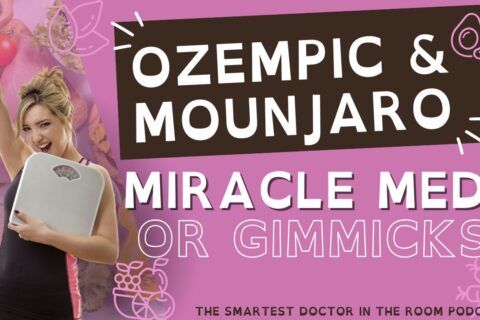This Spring Don’t Just Adjust the Clock, Plan Ahead to Prevent Allergy Symptoms

The spring allergy season has officially started! The mild winter and the unusually warm weather last week has prompted the trees to bloom and start scattering pollen everywhere. Patients who are extremely sensitive to tree pollen have already begun experiencing symptoms such as itchy, red eyes for which I prescribe oral cortisone, in severe cases. The eyelids are a very vulnerable area because they are the thinnest area of skin on the body. The conjunctiva, the normally pink area under the eyelid, releases histamine when it is exposed to substances they are allergic to. If you have experienced any of these symptoms already or have experienced them in the past – it’s not too late, but don’t wait! Have a preventive plan in place to minimize the effects of spring tree pollen, which takes off early in April, and again in May, when the grass pollen which gets going.
My tips to reduce spring allergy symptoms:
- Go to your drug store and find the nasal spray called Nasalcrom. Nasalcrom is now over-the-counter, but it used to be a prescription. It is very safe and can be very effective… if you start ahead of time. It mainly works as a preventive spray to decrease nasal sneezing and congestion. If you wait until the pollen gets bad, you won’t get as much benefit. Nasalcrom is not a steroid spray, it is based on the Egyptian herb Khellin, and can be used at least twice a day.
- Ask your doctor for a prescription eye drop the moment you begin to experience eye irritation. I like Elestat and Pataday. They are both effective and well-tolerated; however, Pataday can be pricey so I’d recommend trying Elestat first.
- Keep your antihistamine ready. They are all now over-the-counter. They are all effective, but I have some additional thoughts. My experience is that Claritin is the lightest in the sense that it will help for mild allergies, but not severe ones. Allergra (fenofexitidine) and Zyrtec (Cetirizine) are more powerful; however, Zyrtec has a sedative effect on many patients so Allegra would be my optimal choice. Be sure to check with your pharmacist since Allegra can interact with other medications or if you have heart arrhythmias.
If you wait too long and are already getting hammered by the pollen your allergist can prescribe you a short course of oral cortisone to get you well enough to return to work and your responsibilities. However, we now have Allergy Drops (sublingual allergy immunotherapy), which can help you to build resistance and tolerance to the pollen allergies permanently. I’ve been pleased to see how well my patients, who have been using the allergy drops for several months, are doing. The studies being done at Stanford Medical Center and Johns Hopkins are showing that sublingual allergy treatment can be an effective way of changing an allergic patient’s immune system to a non-allergic state.
At the American Academy of Allergy meeting that I attended recently, I was excited to see the data presented from around the world, showing that sublingual allergy immunotherapy is achieving the results every allergy patient has been waiting for: a safe, convenient, effective therapy that lasts!
Dr. Dean Mitchell
Mitchell Medical Group, NYC & Long Island


